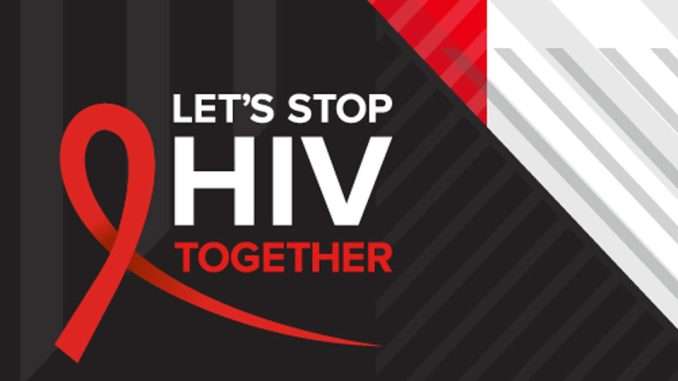
What is HIV & AIDS? Scientists believe that HIV originated from a virus particularly in Chimpanzees in West Africa during the 1930s. In addition, its originally transmitted to humans through the transfer of blood through hunting. Over the year, the virus spread through Africa, and to other parts of the world.
what is AIDS?.
AIDS stands for Acquired Immunodeficiency Syndrome. This is the final stage of infection with HIV. However, it happens when the body’s Immune system is badly damaged because of the virus. Individuals suffering from AIDS can, therefore, be more affected by other illnesses than normal individuals.
What is HIV?
HIV stands for Human Immunodeficiency Virus. However, it harms the immune system by destroying a type of white blood cells, that helps the body to fight infection. Therefore, this puts an infected person at risk for serious infections and certain cancer.
Causes of HIV.
HIV can spread in different ways:
1. Through unprotected sex with a HIV- positive person.
2. Mother to child during pregnancy, childbirth, or breastfeeding.
- Lisa Marie Presley age, husband, children, career, worth, death.
- Todd Strain Bio, Wiki, NBC7-KNSD, Age, Education, Family, Children, Wife, Net Worth, and Career
- Who is Jeannie Mai, her age, husband, children, and net worth?
- Sylvester Stallone Bio-Age, Family, Career, Awards, Net worth.
- Jane Lonsdale bio-age, KTBC-TV, children, husband, net worth.
- Coco Lee bio-age, family, husband, children, career.
- Belkys Nerey Bio, Wiki, Age, Children, Husband, Net Worth, Career
3. Sharing needles and sharp objects.
4. Mostly, in contact with the blood of an infected person.
Who is at the risk for HIV infection?
Anyone can get HIV, however, there are certain groups that have a higher risk.
1. People who have another sexually transmitted disease.
2. Through people who inject drugs with shared needles.
3. Gay and bisexual men.
4. Mostly people who engage in risky sexual behaviors, such as not using protectives.
Symptoms.
The first signs of HIV infection may be flu-like symptoms. They include:
Fever. Sore throats.
Chills. Fatigue.
Rash. Mouth ulcers.
Night sweats. Muscles aches.
However, these symptoms may come and go within two to four weeks.
Treatment.
There is no cure for HIV infection, but it can be controlled with medicines, which are called antiretroviral (ARV). In other words, ARVs can make HIV infection a manageable chronic condition. However, it also reduces the risk of spreading the virus to others.
Prevention.
1. Choosing less risky sexual behaviors or abstaining from sex.
2. Getting tested for HIV.
3. mostly, using protective clothing such as gloves when handling a bleeding patien
Control measure.
In order to control the spread of HIV & AIDS effectively, education is needed. Therefore, this can be done by:
• Creating public awareness.
• Mostly, in conducting Campaigns through various media.
Key Points.
A cure has not yet been discovered for HIV. However, there is optimism that breakthroughs will lead to a way of controlling the virus without the need for further HIV treatment. Although, cure research is still at an early but promising. However, scientists are working on two broad types of HIV research- a ‘functional cure‘ and a classic ‘sterilizing cure’.
However, with increasing access to effective HIV prevention, diagnosis, treatment, and care, including health conditions, therefore, enabling people living with HIV to lead a long and healthy life.
In addition, the estimated number of people living with HIV was 37.7 million at the end of 2020.
- List of Best private secondary schools in Nairobi County.
- A list of special secondary schools, and contacts.
- List of best private primary schools in Kirinyaga County.
- How is The Lenana Boy school and location?
- List of Accredited Private Universities in Kenya
- The best private primary schools in Nyeri county.
- Kenya Medical Training College, courses, requirements.